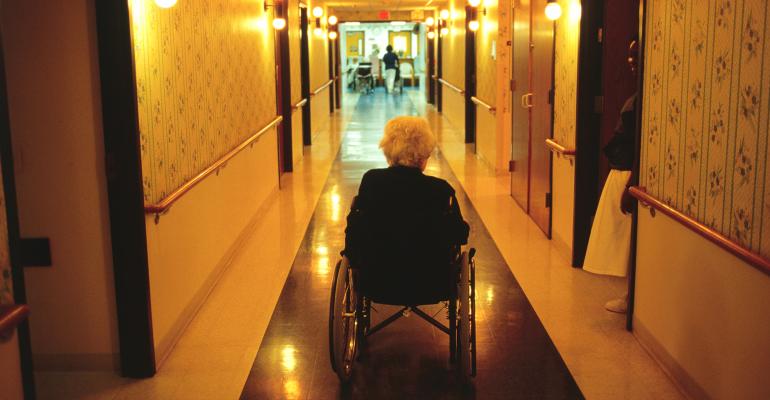Investors are eager to buy skilled nursing facilities–and prices are still high, even though many properties are still recovering from spikes in occupancy that took place during the height of the pandemic.
Skilled nursing properties are the one of most complicated kinds of housing for seniors. These communities also suffered some of the worst of the coronavirus pandemic, and many have not yet recovered.
“The market fundamentals don’t necessarily support the prices—but they haven’t fallen yet," says Beth Burnham Mace, chief economist and director of outreach for the National Investment Center for Seniors Housing & Care (NIC), headquartered in Annapolis, Md.
Investors paid an average of $93,000 per bed for skilled nursing facilities in 2021, according to data from Real Capital Analytics, based in New York City. That’s 10 percent higher than the price investors paid in 2020.
“It’s above the pre-pandemic level,” says Mace. “The pricing on a per-unit basis has held up. There has been a lot of buyer interest.”
The high prices these buyers are paying might seem strange, considering the stress that pandemic put on skilled nursing communities. Their elderly residents were especially vulnerable to the coronavirus. Many communities shut their doors to visitors in an effort to keep these seniors protected.
The demand for skilled nursing beds fell sharply during the pandemic and has only begun to recover. Just 77.6 percent were occupied in the first quarter of 2022, according to NIC. That up from 74.1 percent the year before. But it’s still much lower than 86.6 percent before the pandemic. It’s also much lower than the occupancy rates at other types of seniors housing like assisted living and independent living.
“Skilled nursing facilities lost more occupancy than seniors housing overall,” says Mace.
Skilled nursing facilities are also struggling to find qualified staff. Many are having to increase the amount they pay to keep employees from leaving.
Help from government programs helped many skilled nursing facilities make up for the loss of income from empty beds and the rising cost of providing care and housing to their remaining residents.
That government support may not be available for much longer. “The government funding provided during the pandemic is starting to run out,” says Mace. “This may prompt some owners that were able to stay afloat during the times of additional government support to eventually sell. Some owners are starting to think about selling or lowering their exposure to skilled nursing.”
Even with government help, the combination of rising property prices and lower income from rents have cut into the yield that investors get from skilled nursing properties.
That may motivate some owners to sell, according to Mace. It might also help attract new buyers hungry for yield who feel they can navigate the complexity of providing skilled nursing care and the government programs that help pay for it.
The cap rates investors are willing to accept have been shrinking since before the pandemic, from more than 12.7 percent at the end of 2018 down to about 12.0 percent in the first half of 2022, according to CBRE's Seniors Housing & Care Investor Survey, conducted in February 2022. Cap rates fell 19 basis points compared to the year before in the last year alone.
The average cap rates for skilled nursing facilities averaged 10.7 percent for core, class-A properties, down 17 basis points from the year before, according to CBRE’s survey. Core, class-B averaged 11.5 percent, down 17 basis points and core, class-C averaged 13.3 percent, down 2 basis points.
“Some owners may be selling but others are looking to buy aggressively and look for higher yields in real estate, which skilled nursing properties can provide relative to other types of real estate,” says Mace.





